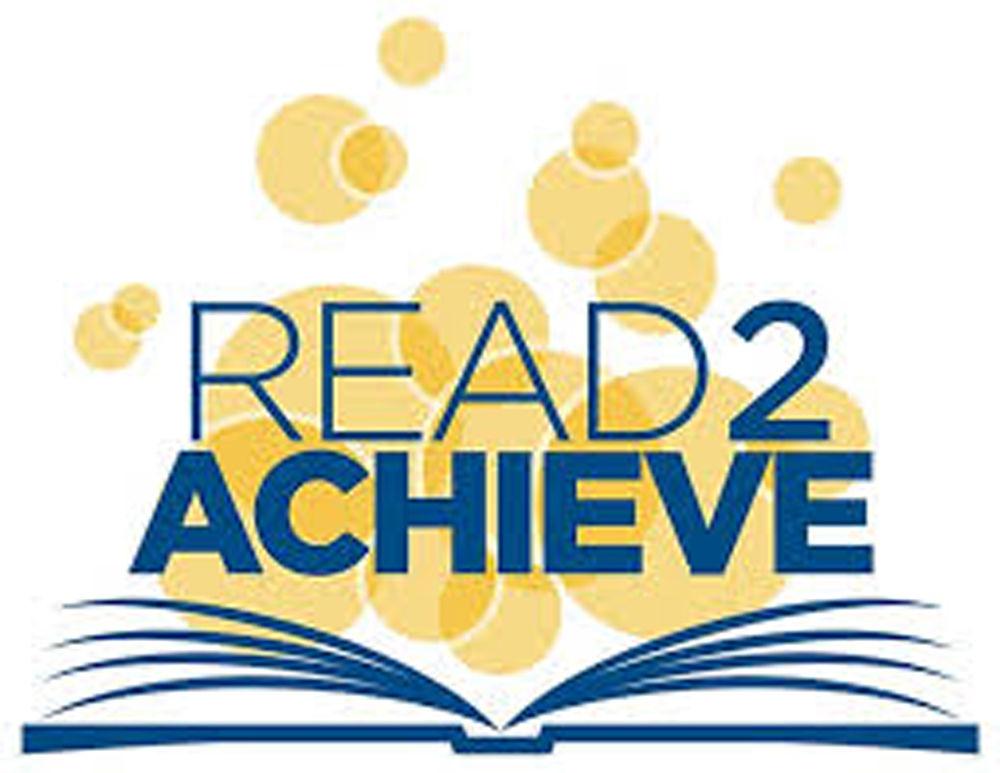With the goal of increasing reading proficiency among elementary-aged children, Read to Achieve is a program established by the North Carolina legislature that has failed in its mission, causing an upset within the community of educators and advocates of education reform.
The Read to Achieve program was enacted in 2012 with an investment of more than $150 million, according to The News & Observer.
Evaluations of the program after its first six years of implementation have revealed inherent flaws in its design preventing it from reaching its goals, according to an investigation conducted by an NC State team of researchers.
According to The News & Observer, the NC State study reports that 55.9 percent of students read proficiently in the third grade, which is just over one in two students.
Despite initial reports, context is integral to understanding the program’s true level of success. Trip Stallings, the director of policy research at the Friday Institute for Educational Innovation, is one of the researchers who reviewed the program.
“I want to couch our results in the frame of understanding that they’re really just results of the immediate quantitative impact,” Stallings said. “They are not an entire list and evaluation of every aspect of the program.”
According to Stallings, his team came to the conclusion that the program had not been successful but only with a focus on quantitative aspects of the program such as test scores, rather than qualitative aspects, which have yet to be evaluated.
Stallings said that educational studies are difficult to conduct holistically.
However, Ginger Young, the founder and executive director of Book Harvest, a nonprofit, emphasized the potential power of Read to Achieve in disadvantaged communities. She calls for legislators to pinpoint successes in individual parts of the state as well as successes in other parts of the country with similar programs.
“Within those disappointing findings are… districts and even schools that have had huge successes under Read to Achieve,” Young said. “That’s where we need to really get into the granular detail and learn what they’ve done to deliver, because I have no doubt there are successes.”
Stallings echoed this sentiment, despite the results of his team’s study.
“We likely already have some positive results in individual schools and possibly individual districts,” Stallings said. “But based on our outcomes, [we] likely have some negative results in individual schools and districts.”
Read to Achieve may not have been successful for its first run, but Stallings expressed reservations about giving up on the program.
“The definition of success we were using for this particular evaluation was indication of student achievement on a state test,” Stallings said. “But by many other cuts, the program may already be a success.”
Young said that the program may prove itself if given the time to develop.
“We have to try every innovation we can to make our children’s literacy something they can actually realize,” Stallings said.








